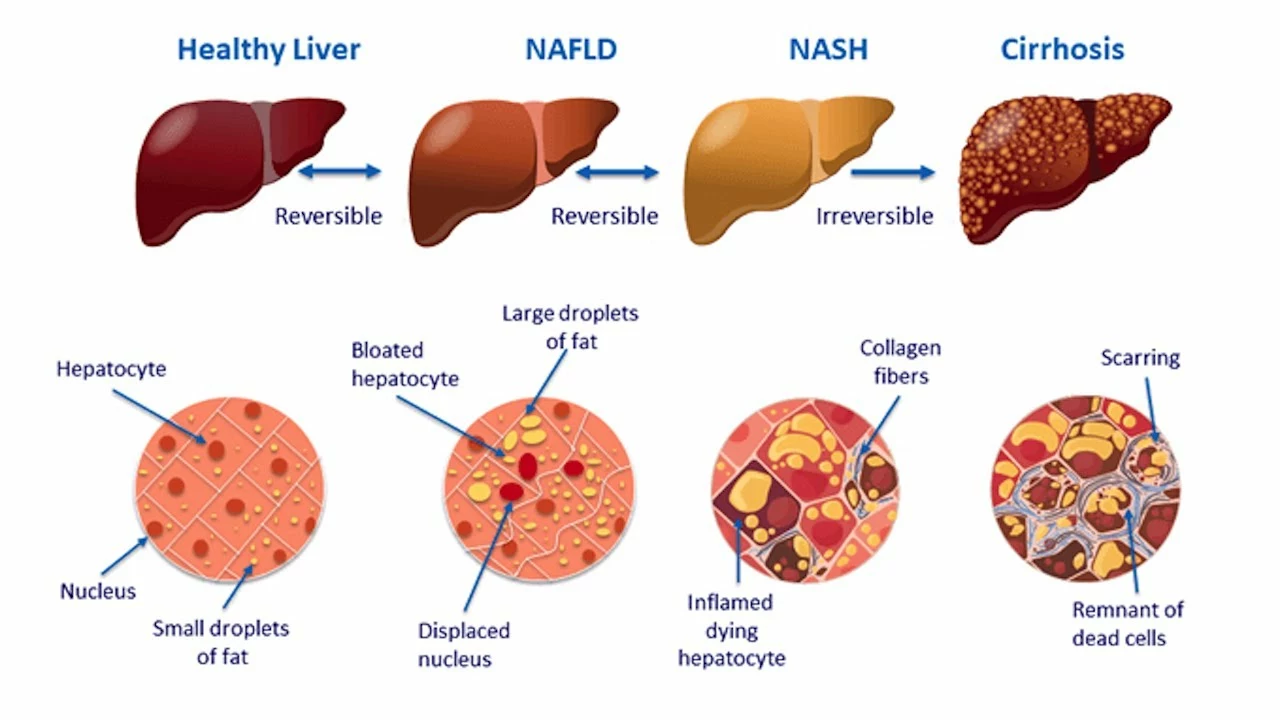Leprosy: Understanding Symptoms and Treatment Options
Leprosy might sound like a disease from a history book, but it’s still around today. This condition, caused by bacteria called Mycobacterium leprae, mainly affects your skin and nerves. If you notice patchy skin, numbness, or muscle weakness that doesn’t seem to go away, it’s worth checking with a healthcare provider. Early diagnosis not only helps stop the disease from worsening but also prevents spreading it to others.
Spotting the Signs of Leprosy
Leprosy develops slowly. At first, you might see pale or reddish patches on your skin. These spots usually have reduced feeling, so you may not notice cuts or injuries on them, which can lead to infections. Nerve damage can make parts of your body feel numb or weak. Without treatment, this can cause deformities, especially on your hands and feet.
Treating Leprosy and Staying Safe
The good news? Leprosy is highly treatable today with a combination of antibiotics over several months. Health workers call this multidrug therapy (MDT). Don’t worry – the medicine stops the bacteria and prevents any future damage if taken properly. It’s really important to complete the full course even if symptoms improve early on. Also, maintain proper skin care to avoid injuries and infections while healing. Remember, people with leprosy are not contagious after starting treatment, so there’s no need to isolate.
Diving into the details, leprosy isn’t super contagious and usually needs prolonged close contact to spread, often among family members. This means you won’t catch it just by meeting someone briefly. Still, it’s smart to get checked if you’ve lived in areas where leprosy is more common and notice suspicious changes in your skin or nerves.
If you or someone close has leprosy, don’t hesitate to reach out to a healthcare professional who can offer guidance on treatment and support. Remember, modern medicine can control this condition well, and many people with leprosy live full, healthy lives after treatment.
Leprosy in the United States: A Rare but Persistent Disease
- DARREN LLOYD
- 17
As a blogger, I recently delved into the topic of leprosy in the United States. Although it's a rare disease, it still persists in certain areas. In my research, I found that leprosy primarily affects people who have had close contact with armadillos or traveled to countries with a higher prevalence of the disease. Thankfully, early diagnosis and treatment can prevent nerve damage and other complications. It's crucial to raise awareness about this disease to ensure proper care and support for those affected.
READ MORE
